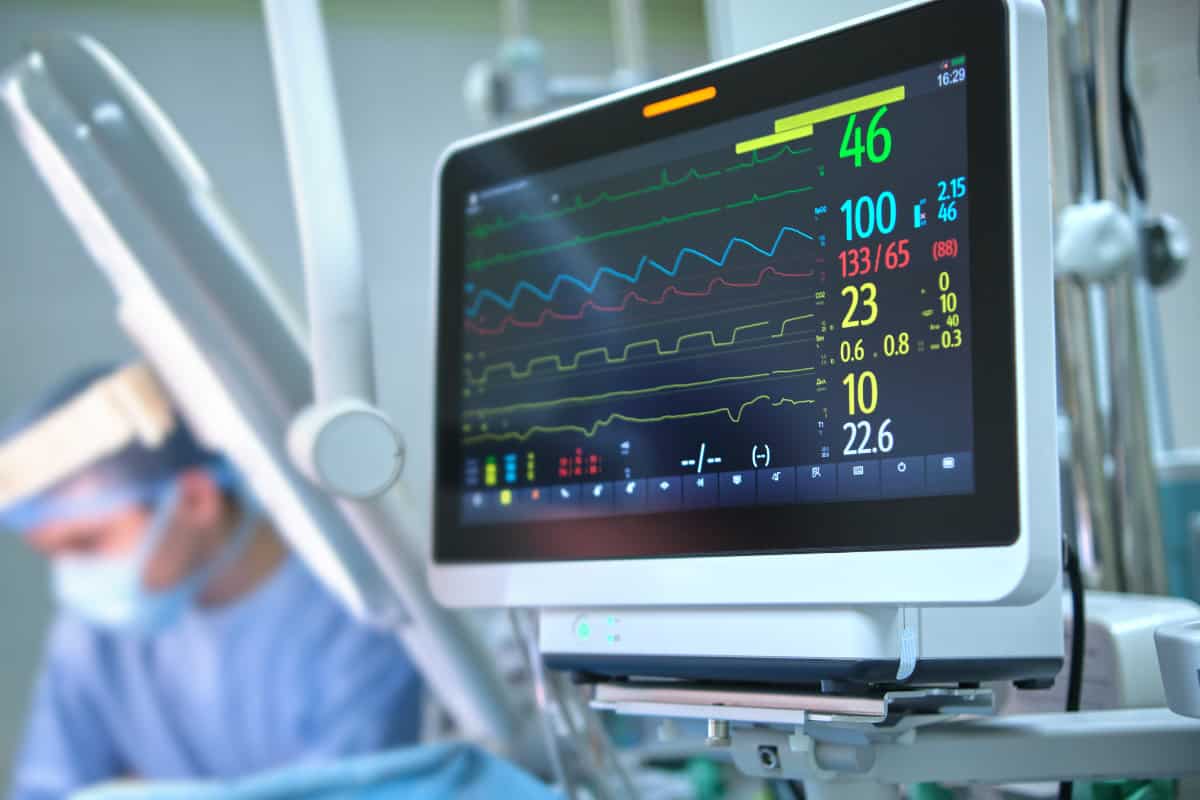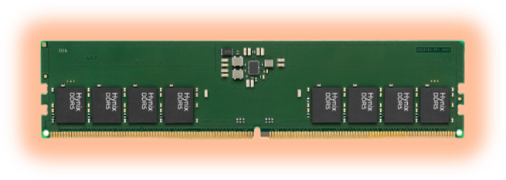Advancing healthcare one chip at a time: Memory components for medical applications

According to the World Health Organization, there are about two million different kinds of medical devices on the market today. Especially the demand for and development of medical electronics and digital applications continues to surge to facilitate prevention, monitoring, and treatment. Some of these long-life electronic applications have been on the market for decades, while others got introduced recently.
The pandemic has boosted the market segment of telehealth devices. Adoption of telemedicine in the US went from 11% in 2019 to 46% in 2020. Three-quarters (76%) of the respondents in that McKinsey survey said they were interested in using telehealth going forward. The growth in the telemedicine market segment has spurred the demand for equipment that allows healthcare workers to monitor patients’ health continuously and from a distance improving patient outcomes.
Long-term support for long-life applications
Like any industry, the medical equipment market has its own specific requirements. Many medical devices require low voltage DDR3 (L) to minimize power consumption with flat impedance and consistent voltage levels. Medical electronics in all their varieties typically collect, analyze, and transmit patient data while simultaneously keeping track of their own performance. In applications where a patient’s health is on the line, evidently, for any embedded component, reliability, stability, longevity, and long-term availability are just as (or even more) important than cost. That is especially true for memory chips as they must safeguard against data breaches and loss, or even system failure.
The fast-paced memory industry does not always match up to the typical healthcare device lifecycle of 10+ years. From a design perspective, as well as to obtain rigorous industry certifications, product updates and redesigns similar to consumer memory solutions are simply not feasible. Procurement and engineering need to judiciously select the right technology and manufacturer from the early design stages of a product.
Identifying the right component
The three essential markers to keep in mind when selecting memory chip components for the medical market are:
- The memory components must be durable and robust to last throughout the device lifetime and avoid component replacements over time.
- The manufacturer or distributor needs to offer the memory components long-term, so the medical device does not need to be redesigned and recertified due to component obsolescence.
- The manufacturer or distributor needs to provide long-term support and maintain the highest standards of quality and reliability.
Identifying the right component and manufacturer or distributor is the first step. After pinning down the necessary characteristics of each chip, engineering medical devices entails diligent verification, validation, and testing of the overall design and all its components throughout the design and development cycle to decrease patient risk as much as possible and ensure quality, safety, and proper operation.
Aligning standards and priorities
Medical electronics allow for improved therapy planning and overall healthcare. However, for healthcare personnel to be able to rely on the generated output and data of these medical devices, the standards for the components inside have to be extremely high. That can only be achieved with a supply chain partner holding itself to the same standards.
SMARTsemi is your supply chain partner for DRAM components, eMMC solutions, and SD/microSD Flash Memory Cards for long-life applications. With 20+ years of industry experience, we understand your challenges and have aligned our priorities with yours to simplify your memory chip supply chain for the long run. We know what you need before you need it. Get a jump start and request a sample today.







